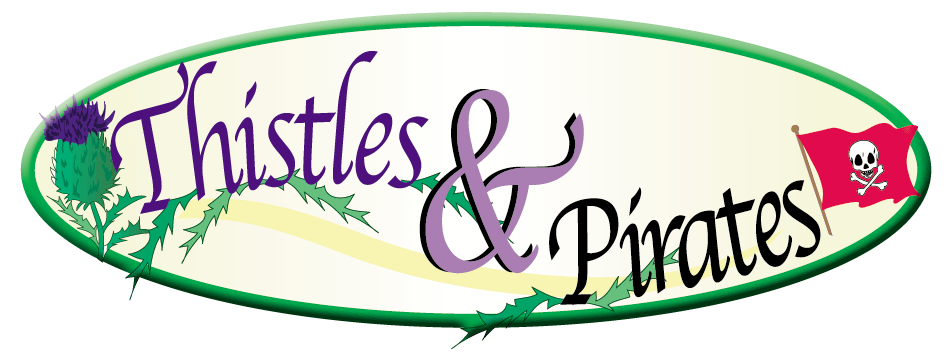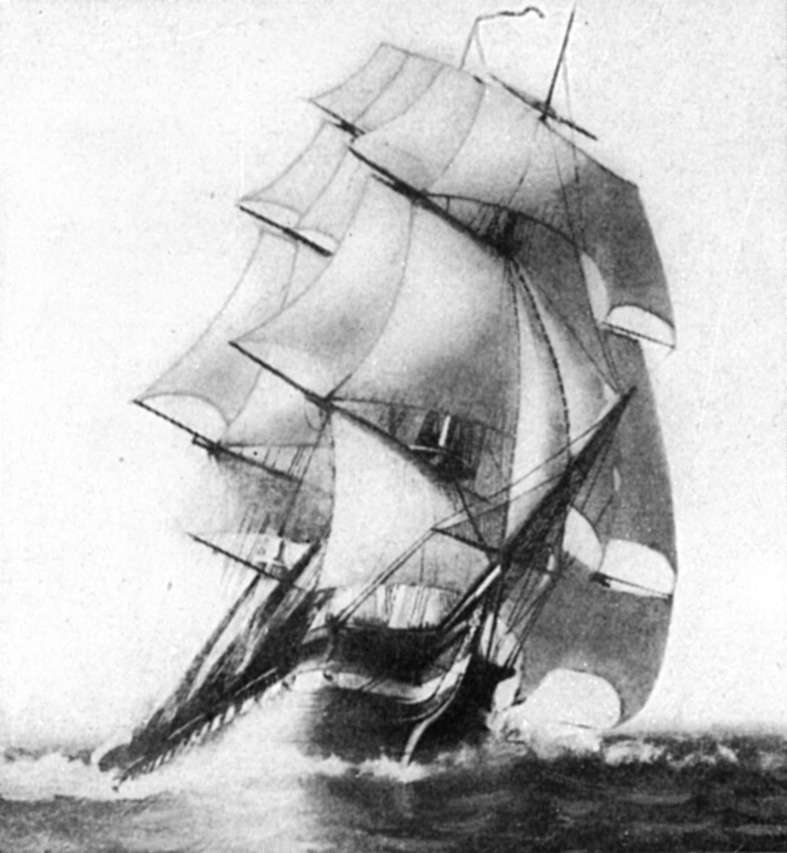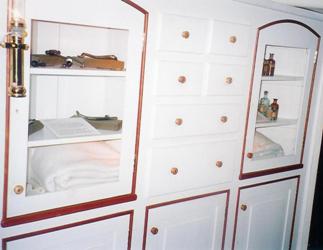| Cindy Vallar
Author, Columnist, & Editor
|
 |
|
|
|
|
| Cindy Vallar
Author, Columnist, & Editor
|
 |
|
|
|
|
Wooden Sailing Ships
 |
|
The Spar Deck
USS Constellation, a sloop-of-war built in 1854
USS Constellation
ElissaBuilt in Aberdeen, Scotland in 1877, this iron-hulled freighter transported cargo around the world. Rigged as a barque, meaning all but her last mast carry square sails, her mainmast towers almost one hundred feet above her deck. Her 174 lines total 4.5 miles of rigging. The distance between the top of HMS Victory's mainmast and the waterline is 205 feet.
Sailors climbed aloft on the ratlines, horizontal ropes that provided steps. The shrouds, tarred vertical ropes, supported the mast.
USS Constellation
USS Constellation
The Gun Deck
Armament in Nelson's Navy
Danger of a loose gun
HMS Victory - Gundecks and Main Armament
Loading and firing guns
HMS Victory
Raising the anchor
Gun Decks - Exterior view
Lower Gun Deck
Capstan on gun deck of USS Constellation
Rammer and Sponge
The captain's mess was cooked in the Galley, then brought here to the Pantry before being served to the captain.
Guest's berth on USS Constellation
Captain's Office on USS Constellation
The captain also had his own washroom complete with a bathtub (the dark box seen through the door) and the head (toilet - see below) with a fancier seat of ease than those the enlisted men used.
HMS Victory's Crew's Heads
The Berth or Lower Gun Deck
Hammocks for enlisted menJust below the gun deck was where the men slept, messed, and relaxed. On the Constellation lived 255 sailors, 44 Marines, and 19 officers. While the US Navy called this the berth deck, the British Royal Navy referred to it as a gun deck, even if no guns were on it because it was below the water line.
Enlisted men's fare
Enlisted men's fare
Wardroom
At the opposite end of the vessel was sick bay, where the surgeon treated ill and wounded sailors. His patients slept in box-like hammocks. The table was used to examine a patient of operate on him. The cabinet housed medical equipment, supplies, and medicines.

The Orlop and Hold
The aft section of the Orlop, the lowest deck above the hold, housed cabins where supplies could be kept under lock and key, and warrant officers, such as the carpenter or gunner, had their workrooms.
The forward section of the Orlop held supplies, like the blocks and various types of cordage, needed on the ship. Just aft of this area was the brig, where sailors under arrest were housed.
The hold was the lowest part of a ship, where ballast and some stores were housed.
To top picture shows a long view of the hold with the base of the mainmast in the foreground.
The bottom picture shows the interior of the hull. Some barrels might be suspended from the deck above, while others would be carefully stowed to make certain that they didn't tumble or shift because unevenly distributed weight might cause the heel over or sink. The iron rings around the barrel of molasses signify that its contents are liquid. Solids were packed in barrels without such rings.
Copyright © 2010 Cindy Vallar
Thistles & Pirates Workshops Pirates & Privateers